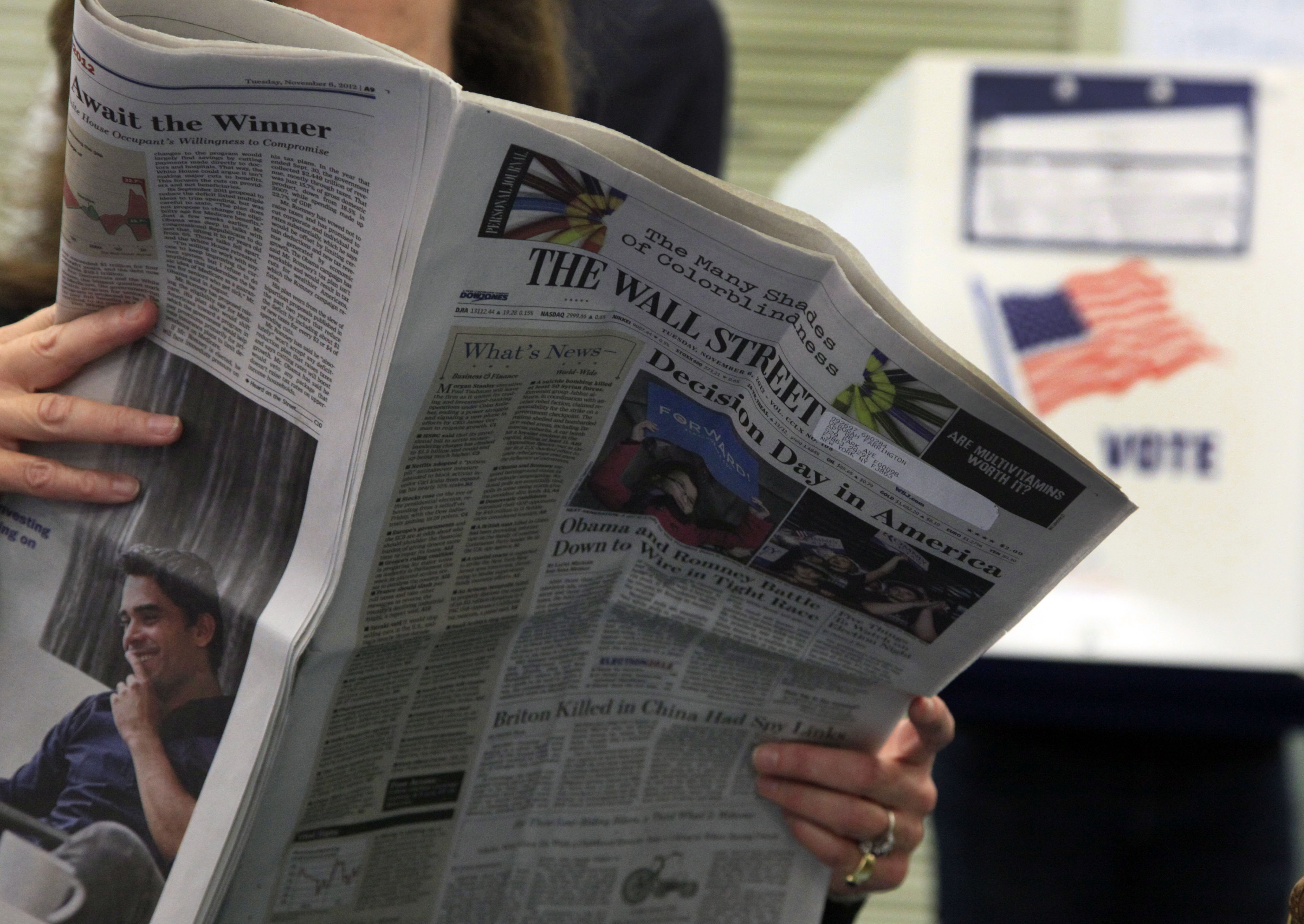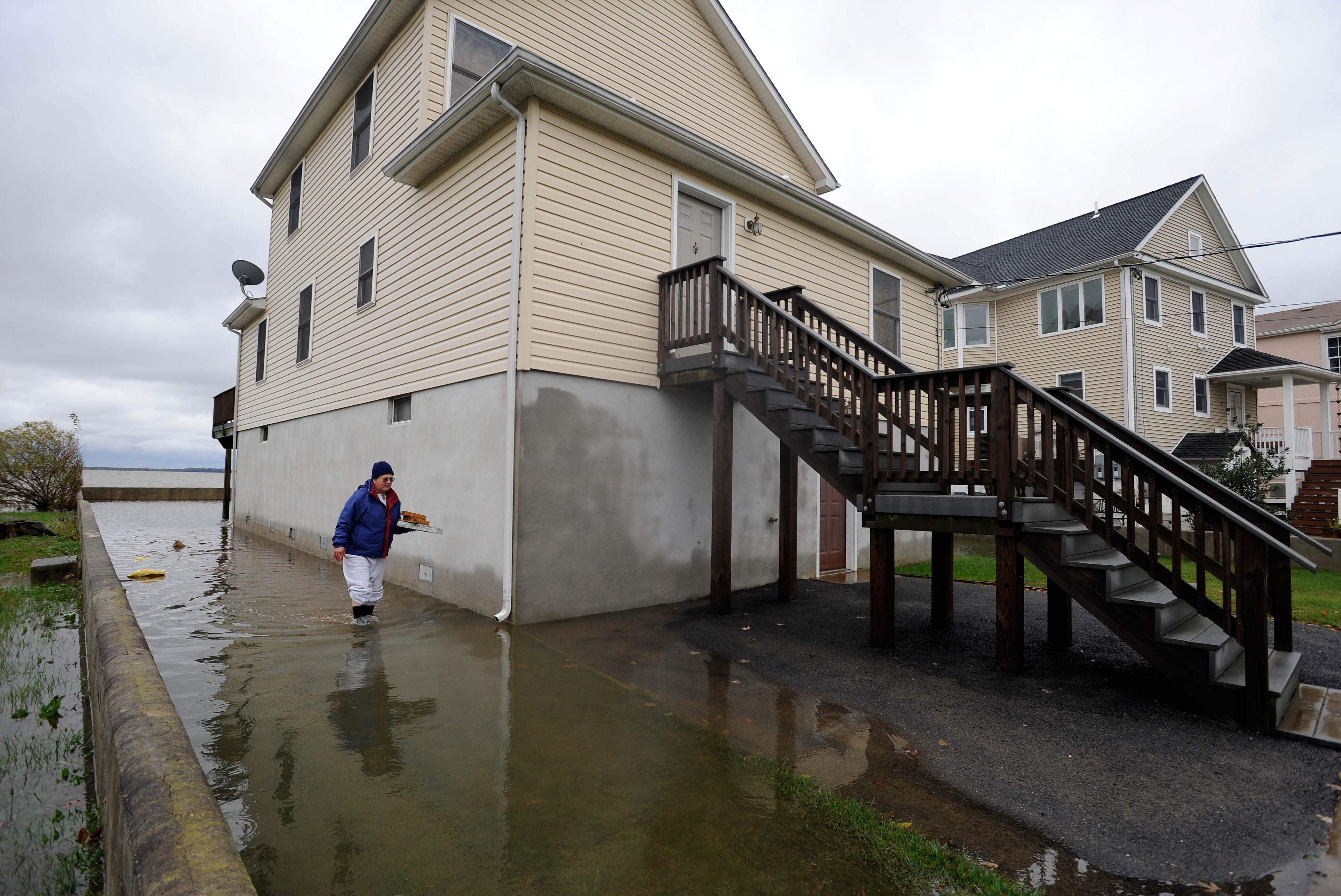Welcome back to What We’re Reading, where we share must-read articles about poverty in America that grapple with critical issues, inspire us to action, challenge us, and push us to see both problems and solutions from new angles.
Black, Asian Residents Unite to Save Low-Income Building Near Chinatown, by Robert Samuels (Washington Post)
Saving their D.C. apartment building seemed impossible, but the tenants association president resolved that he would try. So Kevin Rogers and fellow board member Vera Watson set out on a Saturday to knock on every door in the egg-yolk-colored halls of Museum Square. The problem: More than 70 percent of their neighbors were Chinese. Most were elderly and spoke little English. Rogers and Watson needed to convey the urgency of the matter, a complicated confluence of community development, tenant rights and city law.
It’s a disturbingly common tale: neighborhoods revitalize, only to push out the lower income residents who stuck with them through the rough times. Washington, D.C. is no exception to growing displacement, but it does have a unique tool to fight it. The Tenant Opportunity to Purchase Act gives tenants the first right to make an offer when their building goes up for sale. So far the policy has preserved at least 1,500 affordable units across D.C. But what happens when a building owner sets the price impossibly out of reach? That’s exactly what is unfolding in Chinatown, where over 200 low-income residents have banded together in attempt to save their home. The added complication? The majority are elderly Chinese immigrants who will face extreme challenges living anywhere else. So far, the tenants have secured one more year in their building, but the story is far from over.
A New Report Argues Inequality is Causing Slower Growth. Here’s Why It Matters. By Neil Irwin (New York Times)
The fact that S.&P., an apolitical organization that aims to produce reliable research for bond investors and others, is raising alarms about the risks that emerge from income inequality is a small but important sign of how a debate that has been largely confined to the academic world and left-of-center political circles is becoming more mainstream.
If you do not believe low income people or progressive advocates when they say that rising income inequality is bad for the economy, maybe you’ll believe your forecasting firm. S&P recently released a report stating that “the current level of income inequality in the U.S. is dampening GDP growth.” To explain why this is so groundbreaking, Irwin situates S&P in the world of economics research. The firm does not aim to advance political ideology or social policy; they simply aim to give practical business advice. Thus, their report could signal a paradigm shift in the way that the business community views income inequality and increase the imperative to address it.
Get TalkPoverty In Your Inbox
Minnesota Café Charges 35 Cent ‘Fee’ To Protest Minimum Wage Hike, by Alexander C. Kaufman (Huffington Post)
Minnesota raised its minimum wage by 75 cents to $8 last week — the first increase in the state since 2009. An owner of the café claimed the 35-cent fee was a way of “thumbing my nose at the law change,” according to CBS-affiliate WCCO. “Shame on your protest over a small increase in pay required by law,” wrote Facebook user Terry Edgar in a one-star review. “Hopefully customers will not continue to patronize your cheapskate establishment.”
If you find yourself at the Oasis Café in Stillwater, MN, your huevos rancheros are going to cost a bit extra. The management believes an extra “minimum wage” fee is a clever way to protest the state’s new $8 minimum wage. The customers think differently and have stormed social media in protest. Even more appalling, another local chain, Blue Plate Co., actually pledged to start taking back money from servers’ tips.
Rich Kid, Poor Kid: For 30 Years, Baltimore Study Tracked Who Gets Ahead, by Juana Summers (NPR)
Monica Jaundoo didn’t have an easy life growing up in Baltimore in the early ’80s. “I remember being so immune to death, so immune to shootings, killings. I just remember wanting them to rush, like, get the body out the way so we can get back to playing hopscotch or dodgeball,” she says […] And so her story raises a question: How can a child with the deck stacked against her get out and get ahead?
Johns Hopkins researchers recently published the results of a study that tracked about 800 low-income Baltimore children all the way through adulthood. Their goal was to discover which factors truly impact a child’s life chances. The ultimate conclusion is disheartening: they found that, “a child’s fate is in many ways fixed at birth — determined by family strength and the parents’ financial status.” Only 33 subjects moved into the high income bracket after 30 years. Summers illustrates the findings by profiling two subjects, Monica and John. She also unpacks employment and incarceration rates, underscoring how racial discrimination also plays a huge role in shaping life outcomes.
This is How Rural Poverty is Changing, by Lydia DePillis (Washington Post)
“I think it’s more of a place-based poverty than it is demographic,” says Tracey Farrigan, an economist with the U.S. Department of Agriculture who is studying how rural poverty has spread. “People are moving to areas where they can afford to live, which are areas with less support for them. It’s kind of a cycle. So the places are poor, and the people are poor.”
Las Animas, Colorado has lost almost a third of its population since the late 1990s, along with many of its factories, farms, restaurants, and hospital jobs. Dairy Queen is the most successful restaurant in town, and the county commissioner believes there wouldn’t be enough demand for another chain like it. What happens to the people who stayed when the economy went south—those who can’t leave, or who don’t want to leave their community? What happens to their children? DePillis provides an in-depth profile of residents, revealing tough realities about the state of rural poverty today.










